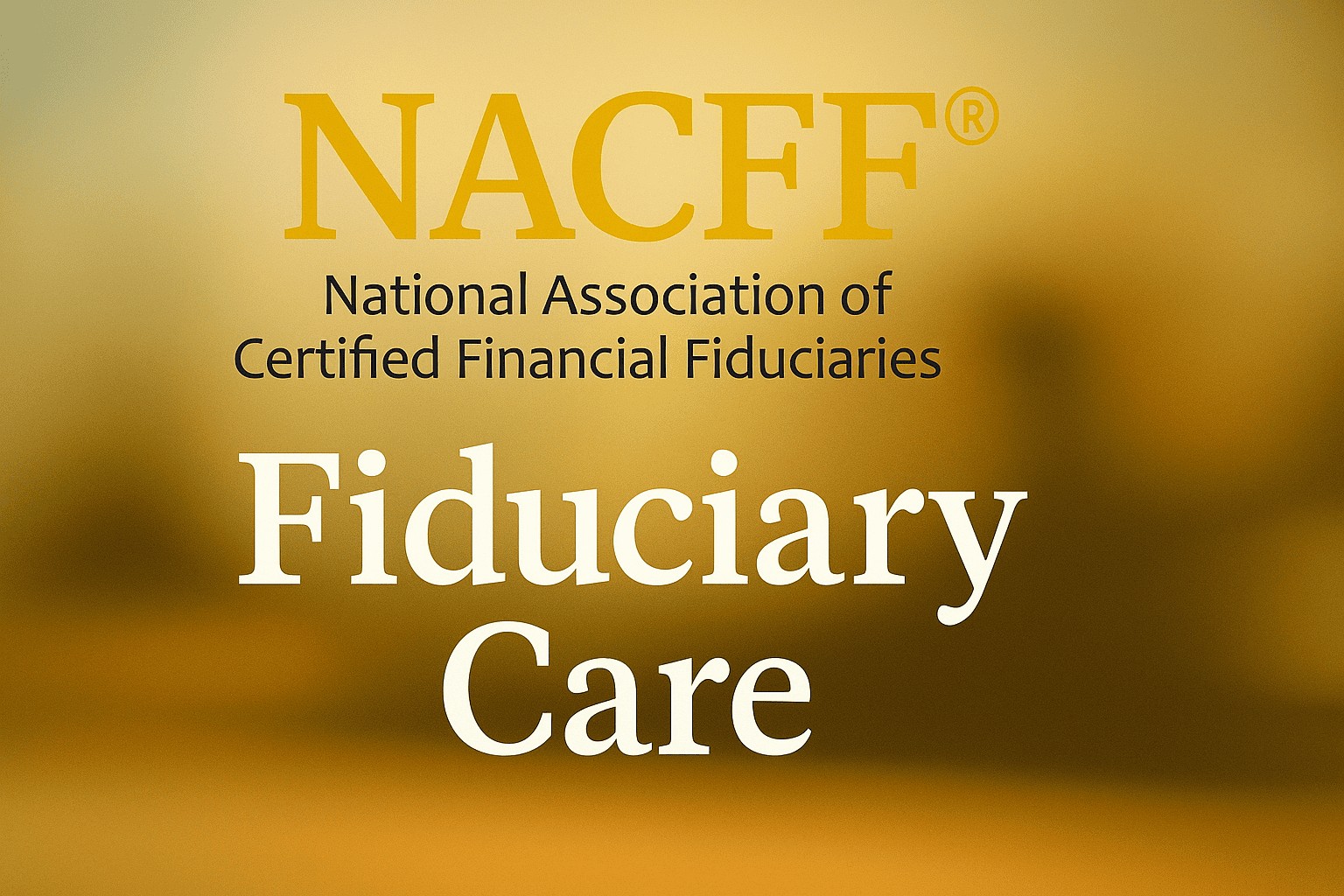Evidence-Based Investing. Period.
The Doctor Who Reaches for the Wrong Source
Imagine you haven’t been feeling well for a couple of weeks. A cough, some aches, maybe a low-grade fever. Eventually you decide it’s time to get checked out.
The doctor runs a full set of tests, calls you into the office, looks you in the eye, and says:
“Mary, based on my reading of the literature…”
Then he reaches over and pulls out a copy of Women’s Health magazine.
How do you feel in that moment?
Not great.
While Women’s Health might be a fine publication, it’s not the kind of source you want guiding important medical decisions. It’s popular-level commentary—not peer-reviewed medicine.
In the investing world, this is the equivalent of making decisions based on:
- Financial TV personalities
- Magazine covers and headlines
- The “hot tip” of the week
- Market noise and fear-based commentary
- Financial product sales literature
Interesting? Sure. Evidence-based? Not even close.
So—being a rational human being—you go get a second opinion.
The Doctor Who Reaches for Actual Research
You go to another doctor. Same tests, same conversation. But this time, she sits down with you and says:
“After reviewing your results—and the literature…”
Then she reaches for the Harvard Medical Review and the New England Journal of Medicine.
She explains:
- There’s a 70% probability it’s Condition A.
- Here’s the most effective, evidence-backed treatment.
- If it turns out to be Condition B instead, we have a backup plan.
How do you feel now?
Much better. More confident. More grounded in the right answer.
Because this doctor is using real research—not headlines or hobbyist health tips—to guide your care.
The Financial Equivalent of Peer-Reviewed Medicine
In the world of investing, the New England Journal of Medicine has its own equivalents:
- The Journal of Portfolio Management
- The Journal of Finance
- Research from the American College of Financial Services
- Academic studies on markets, risk, diversification, and investor behavior
These are the kinds of sources that inform evidence-based investing.
Not predictions. Not financial entertainment. Not product sales pitches. Not whatever’s trendy this month.
Instead, real, tested, peer-reviewed research about how markets work and how investors succeed over time.
What Evidence-Based Investing Means for Federal Employees
As a successful federal employee or retiree, you already have powerful tools: your FERS pension, Social Security, FEHB, and the Thrift Savings Plan (TSP). The real challenge is making all of these work together in a coordinated, evidence-based way.
Evidence-based investing means:
- Your strategy is grounded in data, not opinion.
- Your TSP and outside IRAs/401(k)s are integrated into one coherent plan.
- Your portfolio is built on research, not hunches or product sales.
- Your decisions follow a disciplined process, not emotions or headlines.
- Your advisor uses the financial equivalent of medical journals—not magazines—to guide recommendations.
At Better Federal Retirement, this is our philosophy. Every investment approach, every recommendation, and every portfolio design begins with the evidence—period.
No noise. No hype. No guesswork. Just research, discipline, and a strategy aligned with your federal benefits and your retirement goals.
Better Planning. Better Investing. Better Retirement.
We’ll walk through your situation, answer your questions, and help you understand how evidence-based investing can support a better federal retirement—on your terms.



Leave a Comment